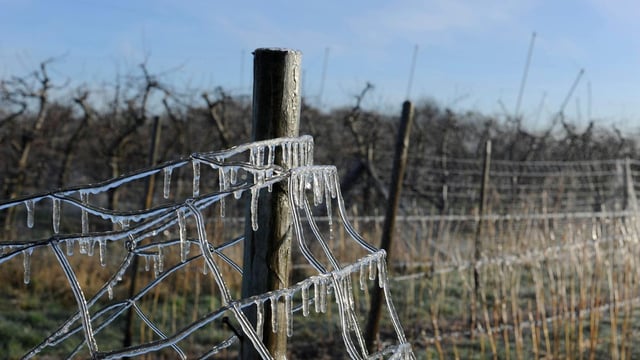Overview
- The Eisheiligen, historically observed from May 11 to 15, were once a reliable marker of late frost risk in Germany, named after early Christian saints.
- Recent climate trends show that the last frost events now typically occur earlier in May, reducing the significance of Eisheiligen as a frost benchmark.
- Farmers and gardeners are advised to remain cautious, as frost-sensitive crops like tomatoes remain vulnerable during these shifting frost timelines.
- A related phenomenon, Schafskälte, brings a brief cold spell in mid-June, further complicating agricultural planning and planting schedules.
- Traditional weather adages, such as 'Pflanze nie vor der kalten Sophie,' persist but are increasingly supplemented by modern meteorological insights.



